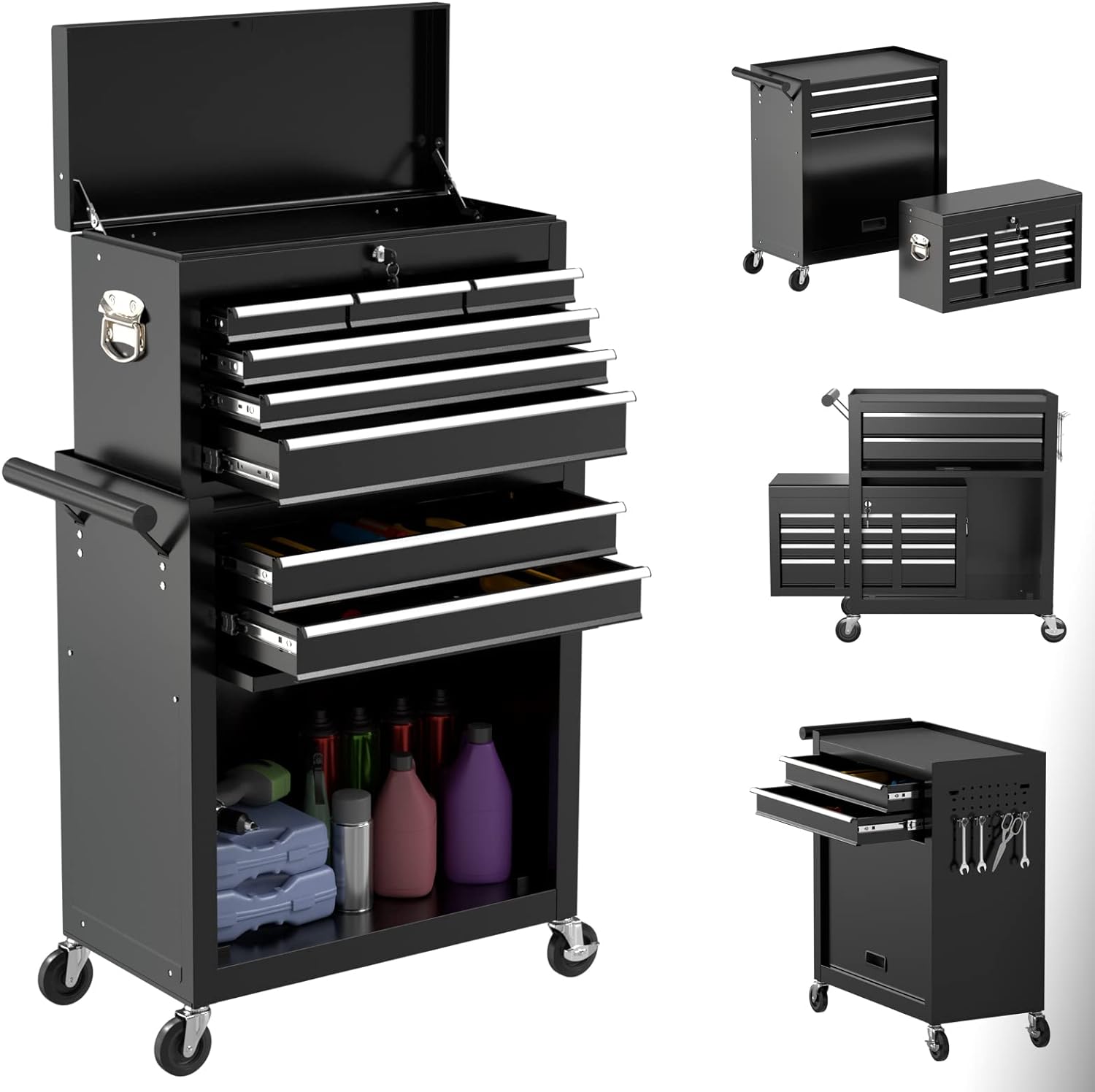

Articles
How To Remove Tool Chest Drawers
Modified: February 22, 2024
Learn how to remove tool chest drawers easily with these step-by-step articles. Streamline your toolbox organization and maximize efficiency.
(Many of the links in this article redirect to a specific reviewed product. Your purchase of these products through affiliate links helps to generate commission for Storables.com, at no extra cost. Learn more)
Introduction
Having a tool chest is a great way to keep your tools organized and easily accessible. However, there may be times when you need to remove the tool chest drawers for various reasons, such as cleaning, repairing, or rearranging the layout. Understanding how to properly remove tool chest drawers is essential to prevent damage and ensure a smooth process.
In this article, we will guide you through the step-by-step process of removing tool chest drawers. Whether you are a DIY enthusiast or a professional tradesperson, these instructions will help you safely and efficiently remove the drawers from your tool chest.
Before we begin, it’s important to note that the specific instructions may vary depending on the type and model of your tool chest. Therefore, it’s always recommended to consult the manufacturer’s manual or guidelines for any specific instructions or precautions.
Now let’s dive into the steps necessary to remove tool chest drawers effectively.
Key Takeaways:
- Safely remove tool chest drawers by emptying, unlocking, and lifting them out. Clean and reassemble for an organized and efficient workspace.
- Following step-by-step instructions, remove, clean, and reassemble tool chest drawers for a well-organized and accessible tool storage solution.
Read more: How To Remove Stanley Tool Chest Drawers
Step 1: Empty the tool chest
Before you begin removing the drawers from your tool chest, it’s crucial to empty the contents. Carefully remove all tools, accessories, and any other items stored in the drawers. This will not only make the removal process easier but also ensure the safety of your tools.
Take the time to assess each tool and determine if any maintenance or cleaning is required. This is also an excellent opportunity to declutter and organize your tools. You can group them by type or size, making it easier to find and access them in the future.
Once you have emptied the tool chest, set aside the tools in a safe and organized manner. If necessary, you can use a toolbox or another temporary storage solution to keep them easily accessible during the drawer removal process.
Keep in mind that some tools may be heavy or have sharp edges, so handle them with care to prevent injuries. Additionally, be cautious when removing small or delicate items to avoid misplacing or damaging them.
By thoroughly emptying the tool chest, you’ll have a clean slate to work with and minimize the chances of any accidents or mishaps during the drawer removal process.
Step 2: Remove any accessories or dividers
Now that you have emptied the tool chest, it’s time to remove any accessories or dividers that may be attached to the drawers. These accessories can include foam inserts, tool organizers, or dividers that help keep your tools in place.
Start by inspecting each drawer for any additional components or attachments. Carefully remove any foam inserts or tool organizers that are secured in the drawers. These accessories can be useful for keeping your tools organized, but they may obstruct the removal process.
If your tool chest has dividers that separate the drawer into compartments, you’ll need to remove them as well. Most dividers will either slide out or have screws holding them in place. Check the manufacturer’s manual or guidelines for specific instructions on removing dividers if needed.
By removing any accessories or dividers, you’ll ensure that the drawers can be easily detached without any obstructions. It’s important to keep these accessories in a safe place so that you can reassemble them later if desired.
Once all the accessories and dividers have been removed, you’re ready to proceed to the next step in removing the tool chest drawers.
Step 3: Unlock the drawer locks
Before attempting to remove the tool chest drawers, it’s important to check if they are locked or secured with any locks or latches. Many tool chests have built-in locking mechanisms to keep the drawers securely closed during transportation or when not in use.
Inspect each drawer to see if there are any visible locks or latches. Depending on the model, these locks may be located on the front or sides of the drawer. Look for any buttons, levers, or keys that can be used to unlock or disengage the locks.
If your tool chest has a central locking system, there may be a master lock or key that controls all the drawer locks. In that case, you’ll need to locate the master lock and unlock it before attempting to remove any individual drawers.
Once you have identified the locks and located the necessary keys or tools, proceed to unlock each drawer by following the manufacturer’s instructions. Turn the key or press the release button as directed to disengage the locks.
It’s crucial to ensure that all the drawer locks are fully unlocked before attempting to remove the drawers. Failure to do so can result in difficulty or damage when removing the drawers.
By unlocking the drawer locks, you’re ready to move on to the next step of the process and prepare for the actual removal of the tool chest drawers.
Step 4: Pull out the drawer to its maximum extension
Now that the drawer locks are unlocked, it’s time to pull out each drawer to its maximum extension. This step will allow you to access the mechanisms that keep the drawer in place and facilitate its removal.
Start with the top drawer and firmly grasp the handle or pull tab. Slowly and steadily pull the drawer towards you, ensuring that it slides out smoothly. In some cases, the drawer may be slightly stiff or stuck due to dust or debris accumulation.
If you encounter resistance while pulling out the drawer, check for any obstructions or debris in the tracks. Use a soft cloth or brush to clean the tracks, removing any dust or particles that may impede smooth movement.
Continue to pull the drawer out until it reaches its maximum extension. This will allow you to access the mechanism responsible for holding the drawer in place.
Repeat this step for all the drawers in your tool chest, ensuring that each one is fully extended.
It’s important to pull the drawer out slowly and evenly to avoid any sudden jerks or jolts that may cause damage. Take your time and be gentle when handling the drawers to ensure a smooth removal process.
Once all the drawers are fully extended, you’re ready to move on to the next step of removing the tool chest drawers.
Read more: How To Remove Drawer Craftsman Tool Chest
Step 5: Locate and remove the drawer stop
In order to remove the tool chest drawer completely, you need to locate and remove the drawer stop. The drawer stop is a safety feature that prevents the drawer from accidentally sliding out too far or falling out completely.
Start by carefully examining the sides or back of the drawer for the drawer stop mechanism. Depending on the tool chest design, it may be a small metal or plastic piece that protrudes from the drawer or a small tab that can be pressed or released.
If you have trouble locating the drawer stop, refer to the manufacturer’s manual or guidelines for your specific tool chest. They should provide detailed information on the location and removal procedure of the drawer stop.
Once you have identified the drawer stop, you’ll need to disengage or remove it. This can typically be done by pressing, releasing, or unscrewing the stop mechanism, depending on its design.
Follow the manufacturer’s instructions or use the appropriate tools to remove the drawer stop. Be cautious while doing this to prevent any damage to the drawer or the tool chest itself.
After removing the drawer stop, test the drawer by gently pulling it out to confirm that it slides freely without any obstructions. If you encounter any resistance or difficulty, double-check that the drawer stop has been fully removed.
Repeat this step for each drawer in the tool chest, ensuring that all the drawer stops have been successfully removed.
By removing the drawer stop, you have completed the crucial step necessary for the removal of the tool chest drawer.
When removing tool chest drawers, start by emptying the contents and then pull the drawer out as far as it will go. Look for release tabs or levers on the slides and push or pull them to release the drawer from the chest. Lift the drawer up and out to remove it completely.
Step 6: Lift the drawer slightly and pull it out
Now that the drawer stop has been removed, you’re ready to proceed with the actual removal of the tool chest drawer. This step involves lifting the drawer slightly and then pulling it out from the tool chest.
Start by firmly gripping the sides or handles of the drawer. Lift it up slightly, creating a small gap between the drawer and the tracks or sliders that hold it in place.
With one hand supporting the drawer from underneath, use your other hand to pull the drawer outwards. Apply gentle and even pressure, ensuring that the drawer moves smoothly along the tracks or sliders.
As you pull the drawer out, be mindful of any wires, cables, or hoses that may be connected to the tool chest or stored inside the drawer. Avoid pulling or tugging on them to prevent damage or disconnection.
If you encounter any resistance or difficulty while pulling out the drawer, double-check that all the drawer stops have been removed and that the drawer is properly aligned with the tracks or sliders.
Once the drawer is fully pulled out, set it aside in a safe and convenient location. Take care to avoid placing it in a precarious position or stacking it on top of other items.
Repeat this step for each drawer in the tool chest, lifting and pulling them out one by one.
By lifting the drawer slightly and pulling it out, you have successfully removed the tool chest drawer from the tracks or sliders.
Step 7: Repeat steps 4 to 6 for all remaining drawers
To completely remove all the drawers from your tool chest, you’ll need to repeat steps 4 to 6 for each remaining drawer. These steps involve pulling out the drawer to its maximum extension, locating and removing the drawer stop, and then lifting the drawer slightly and pulling it out.
Begin by returning to the next drawer in line after the one you just removed. Follow step 4, pulling out the drawer to its maximum extension. Ensure that it slides smoothly and there are no obstructions.
Next, proceed to step 5, locating and removing the drawer stop for this newly extended drawer. Take your time to identify the stop mechanism, following the manufacturer’s instructions if needed, and remove it carefully.
Once the drawer stop is removed, move on to step 6 by lifting the drawer slightly and pulling it out. Remember to support the drawer from underneath and avoid any cables or hoses that may be connected or stored within the drawer.
Set aside the removed drawer in a safe location, and continue this process for all the remaining drawers in your tool chest. Repeat steps 4 to 6 for each drawer until all the drawers have been successfully removed.
Take your time during this process to prevent any accidents or damage to the tool chest or the drawers. Ensure that each drawer is properly removed before moving on to the next one.
By following steps 4 to 6 for all remaining drawers, you’ll be able to remove each one from your tool chest systematically and efficiently.
Step 8: Clean the tool chest and drawers
Now that you have removed all the drawers from your tool chest, it’s a great opportunity to give them a thorough cleaning. Over time, dust, debris, and even small metal shavings can accumulate in the tool chest and drawers, affecting their functionality and appearance.
Start by inspecting the tool chest and drawers for any visible dirt or grime. Use a soft brush or cloth to gently remove any loose debris. For stubborn stains or grease buildup, you can dampen the cloth with a mild cleaner or soapy water solution.
Pay attention to the corners, crevices, and edges of both the tool chest and the drawers. These areas are often overlooked but can harbor dirt and debris. Use a narrow brush or cotton swab to clean these hard-to-reach areas thoroughly.
For metal tool chests and drawers, consider using a metal cleaner or polish to restore their shine and remove any oxidation. Follow the manufacturer’s instructions on the appropriate cleaning products or methods for your specific tool chest materials.
Once you have cleaned the tool chest and drawers, allow them to dry completely before reassembling or returning the tools back in.
Remember to also clean and dry the removed drawers before placing them back in the tool chest. This will ensure a clean and organized workspace for your tools.
Regular cleaning of your tool chest and drawers not only extends their lifespan but also creates a more enjoyable and efficient work environment.
By taking the time to clean your tool chest and drawers, you’ll maintain their functionality and appearance, allowing you to work more effectively with your tools.
Step 9: Reassemble the tool chest
After cleaning the tool chest and drawers, it’s time to reassemble the tool chest and return the drawers to their rightful place. This step involves carefully aligning the drawers with the tracks or sliders and ensuring a proper fit.
Start by examining the tool chest to identify the slots or openings where the drawers will be inserted. These slots are typically located on the sides or at the front of the tool chest.
Choose the first drawer you removed and align it with the corresponding slot. Slowly and gently push the drawer into place, ensuring that it slides smoothly along the tracks or sliders. Take care to not force the drawer, as this could cause damage.
Continue this process for each drawer, carefully inserting them one by one into their designated slots. Pay attention to the order of the drawers, ensuring that they are placed in the correct sequence according to their height or numbering system.
As you insert each drawer, listen for a clicking or locking sound, which indicates that the drawer has been properly seated and secured within the tool chest.
Once all the drawers have been reassembled in the tool chest, give them a gentle pull or push to confirm that they are securely in place. They should glide smoothly and without any obstructions.
Take a moment to admire your freshly cleaned and reassembled tool chest. It’s now ready to be used again, offering you a well-organized and easily accessible storage solution for your tools.
Remember, if your tool chest has any additional accessories or dividers, now is the time to reattach them. Follow the manufacturer’s instructions or guidelines for proper installation.
By reassembling the tool chest in a careful and methodical manner, you can ensure that the drawers are secure and that your tools will be ready to use whenever you need them.
Conclusion
Removing tool chest drawers may seem like a daunting task, but by following the step-by-step process outlined in this article, you can safely and effectively remove the drawers without any hassle. Whether you need to clean, repair, or rearrange your tools, understanding how to remove tool chest drawers is essential.
Remember to always start by emptying the tool chest and removing any accessories or dividers. This will provide you with a clean workspace and make the removal process easier. Unlocking the drawer locks and pulling out each drawer to its maximum extension are important steps that allow you to access the mechanisms and safely remove the drawers.
Locating and removing the drawer stop ensures that the drawers can be taken out completely. By lifting the drawer slightly and pulling it out, you can remove each drawer one by one. Take your time and be gentle to prevent any damage.
Once the drawers have been removed, take the opportunity to clean both the tool chest and the drawers thoroughly. Removing any dirt, debris, or stains will not only maintain the functionality of your tools but also create a more pleasant and organized workspace.
Finally, reassembling the tool chest involves aligning the drawers with the slots and ensuring a proper fit. Take care to insert each drawer in the correct order and listen for the locking sound to confirm that they are securely in place.
With your tool chest drawers removed, cleaned, and reassembled, you can now enjoy a well-organized and easily accessible tool storage solution. Whether you’re a DIY enthusiast, a professional tradesperson, or simply someone who values an efficient and tidy workspace, knowing how to remove tool chest drawers is a valuable skill.
Remember to consult the manufacturer’s manual or guidelines for specific instructions and considerations regarding your tool chest model. Following their recommendations will help ensure a successful and safe removal process.
Now that you are equipped with the knowledge and steps outlined in this article, you can confidently remove the drawers from your tool chest whenever the need arises.
Frequently Asked Questions about How To Remove Tool Chest Drawers
Was this page helpful?
At Storables.com, we guarantee accurate and reliable information. Our content, validated by Expert Board Contributors, is crafted following stringent Editorial Policies. We're committed to providing you with well-researched, expert-backed insights for all your informational needs.
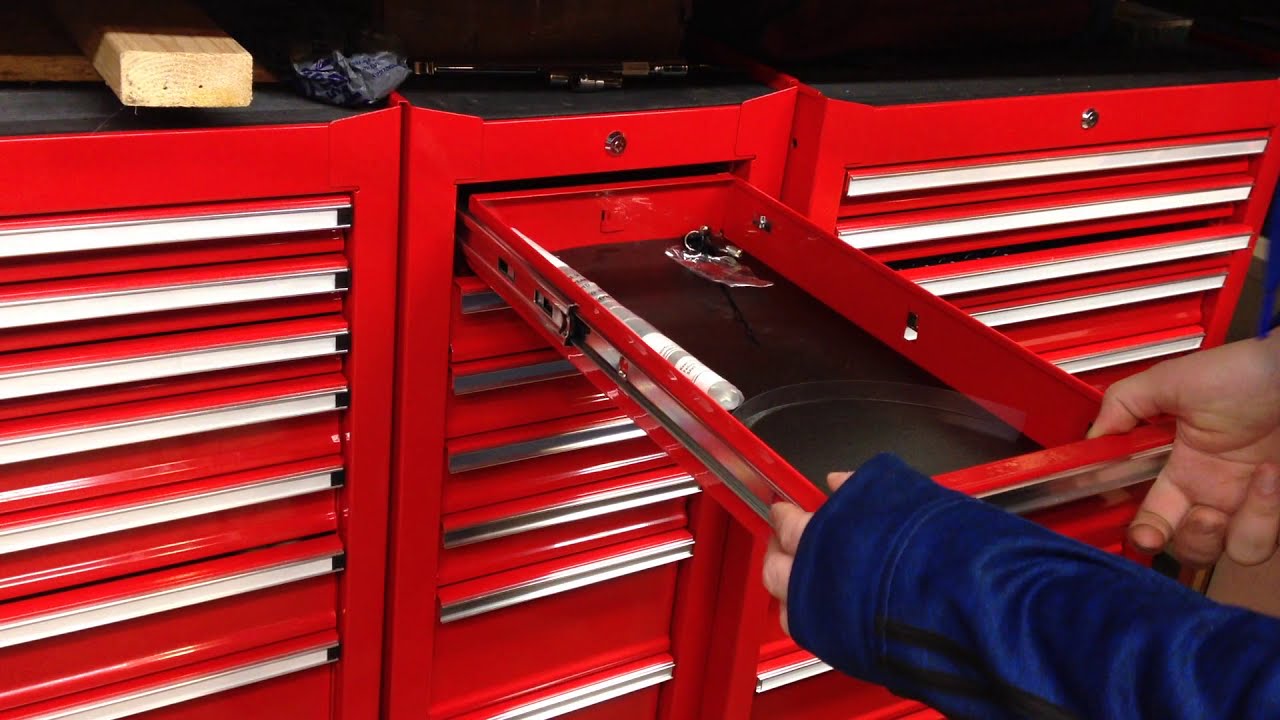
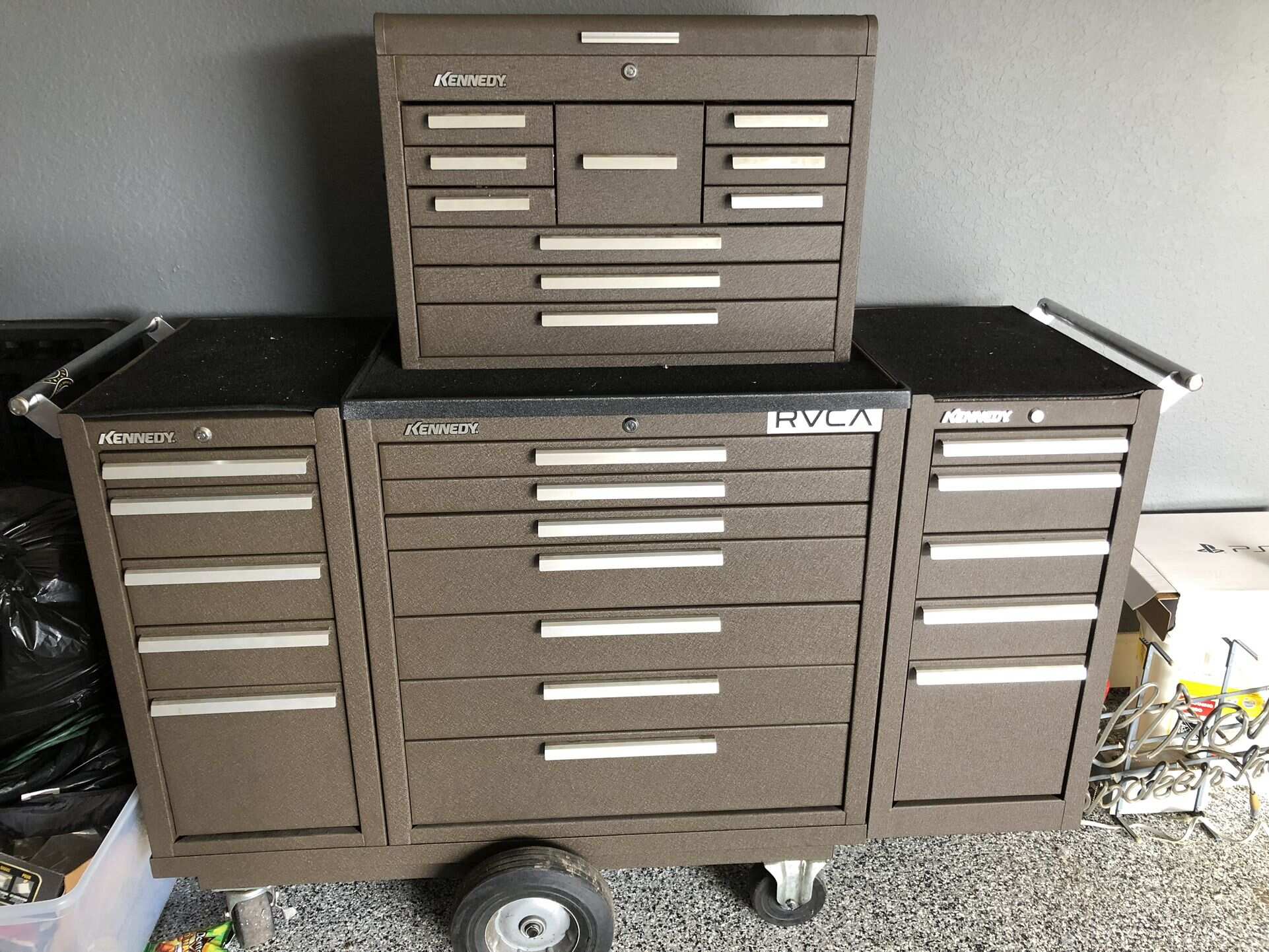
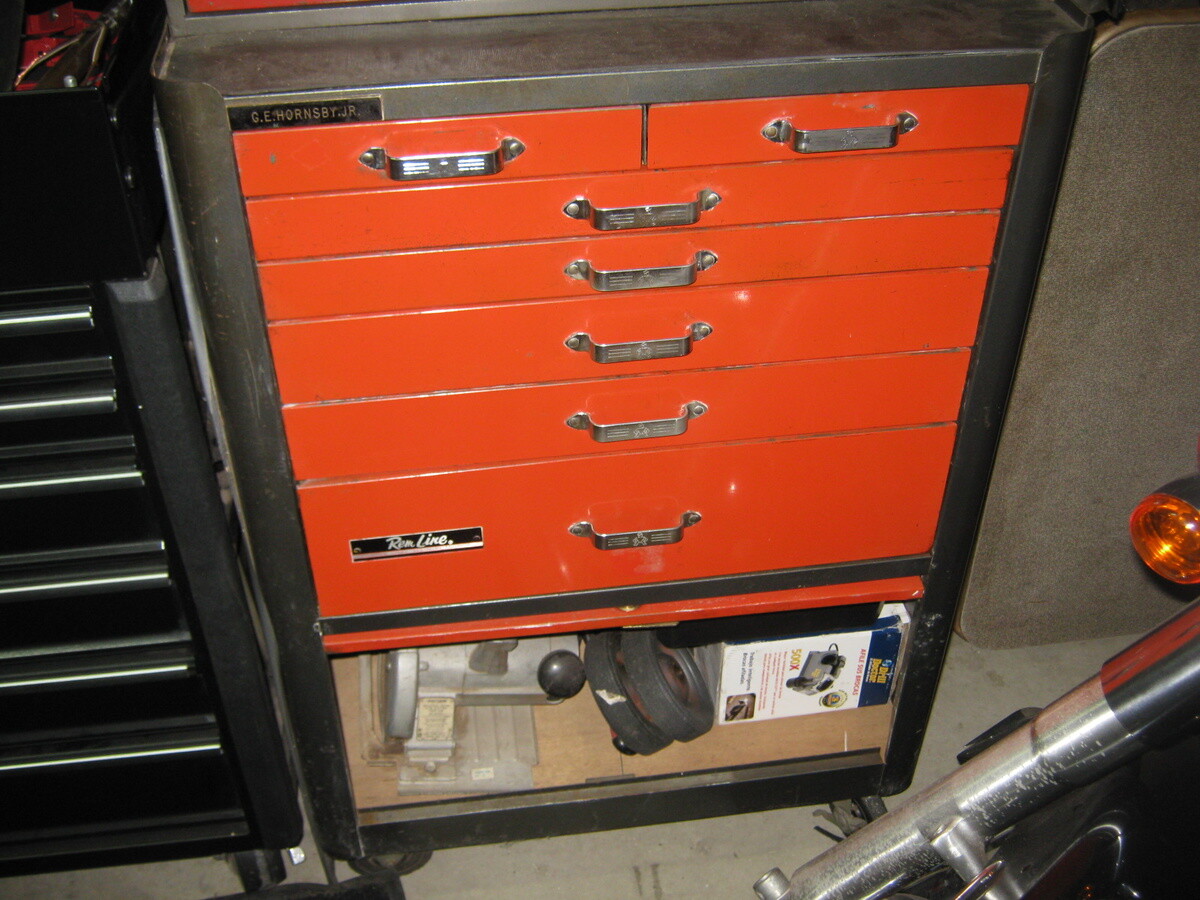
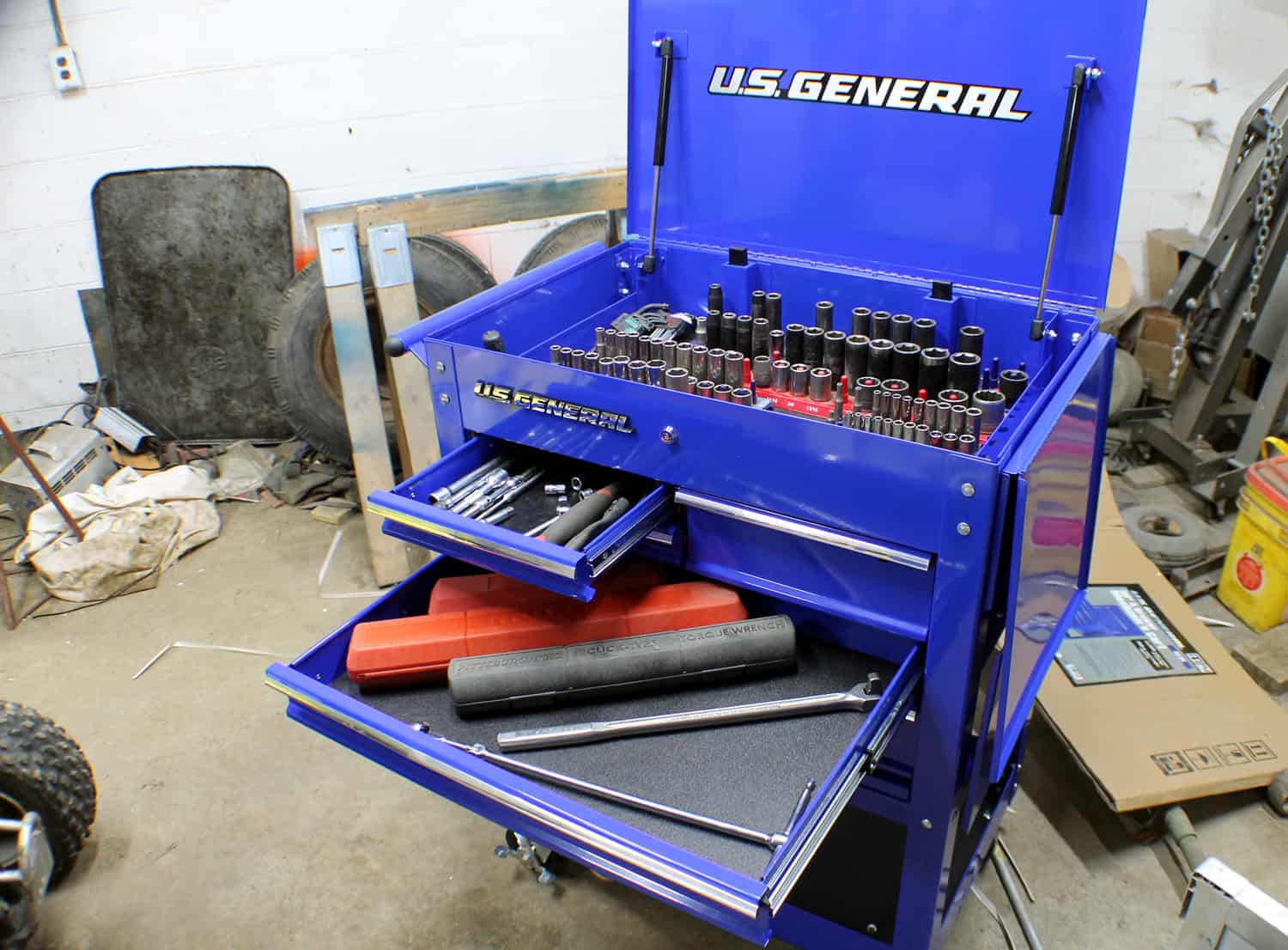
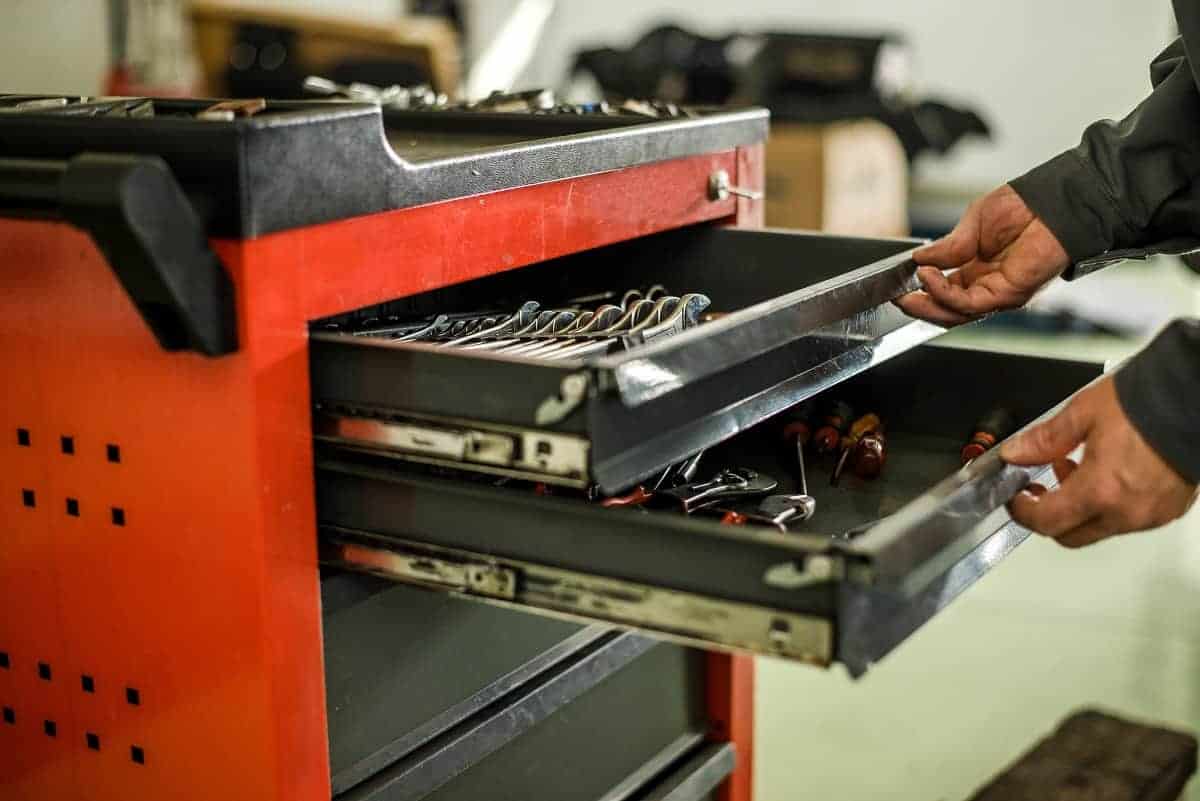
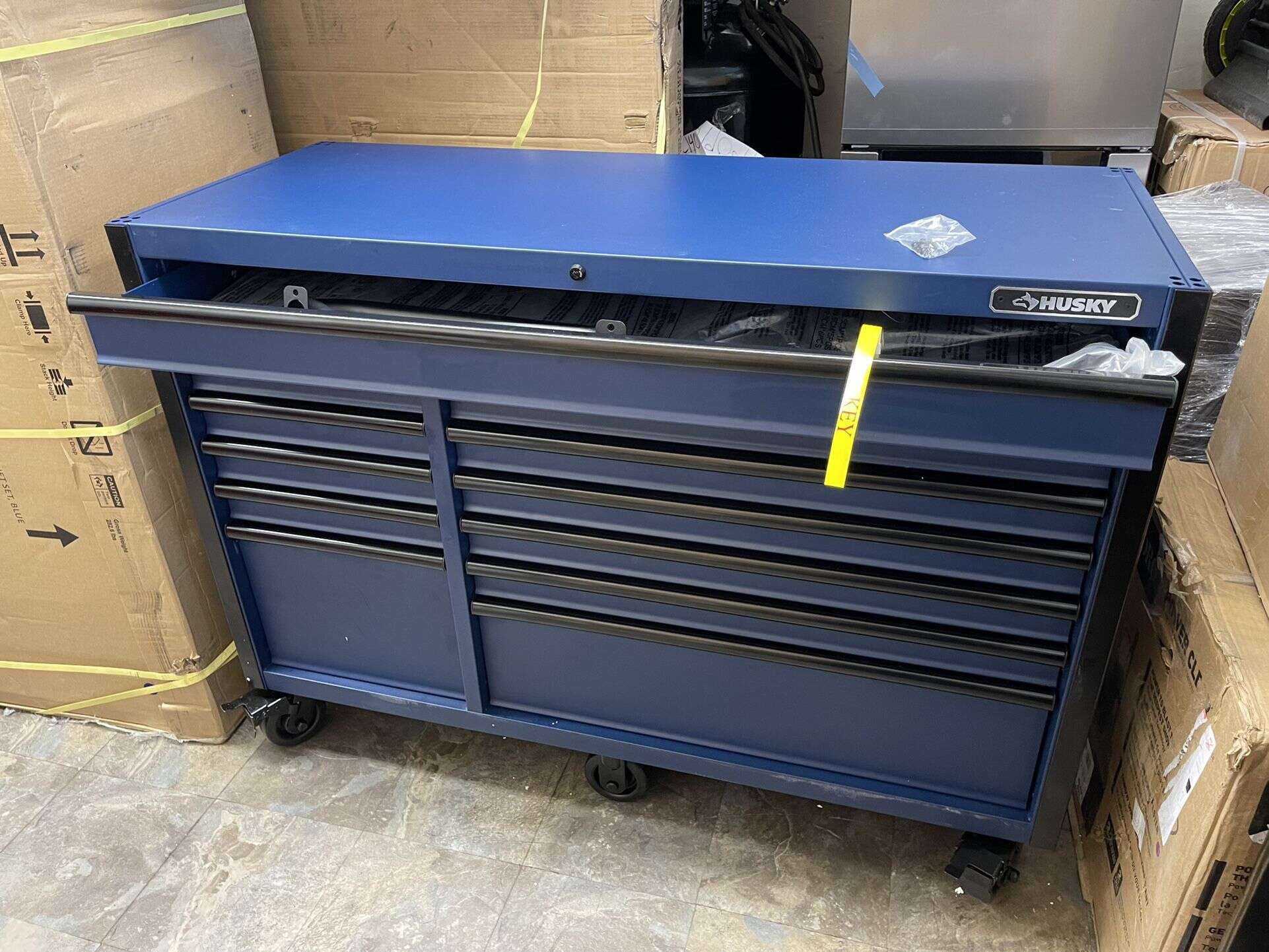
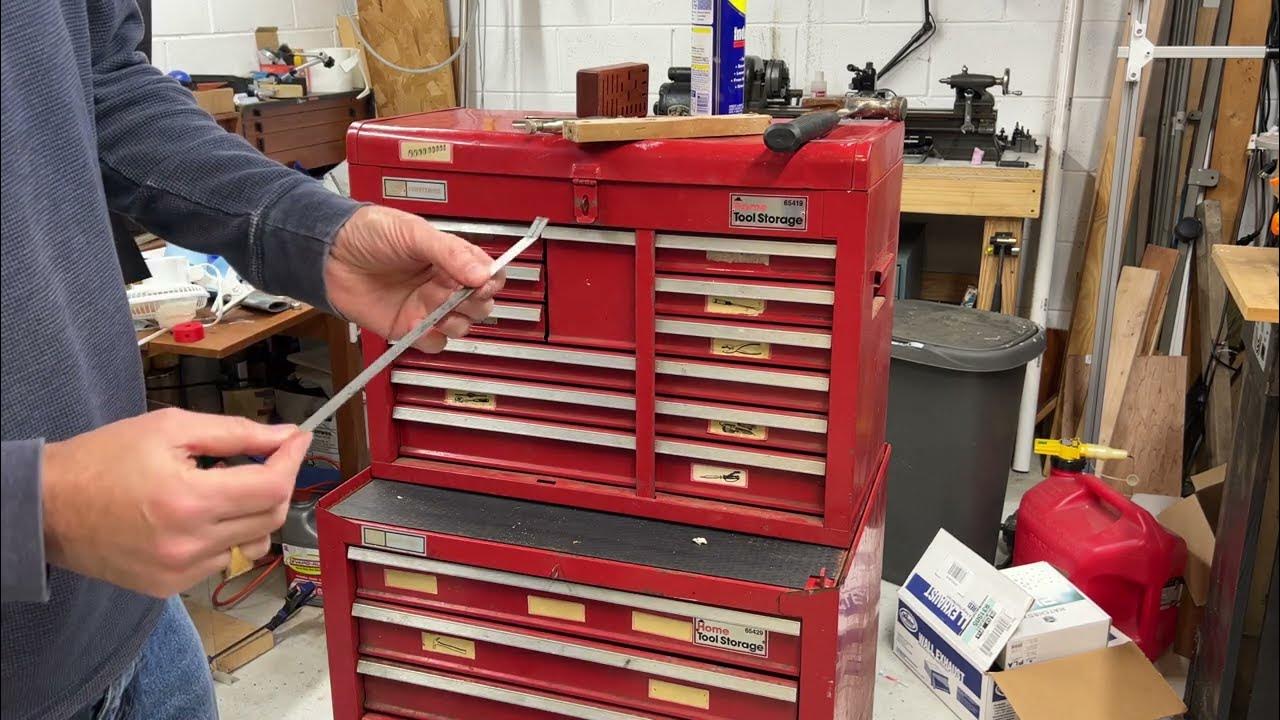
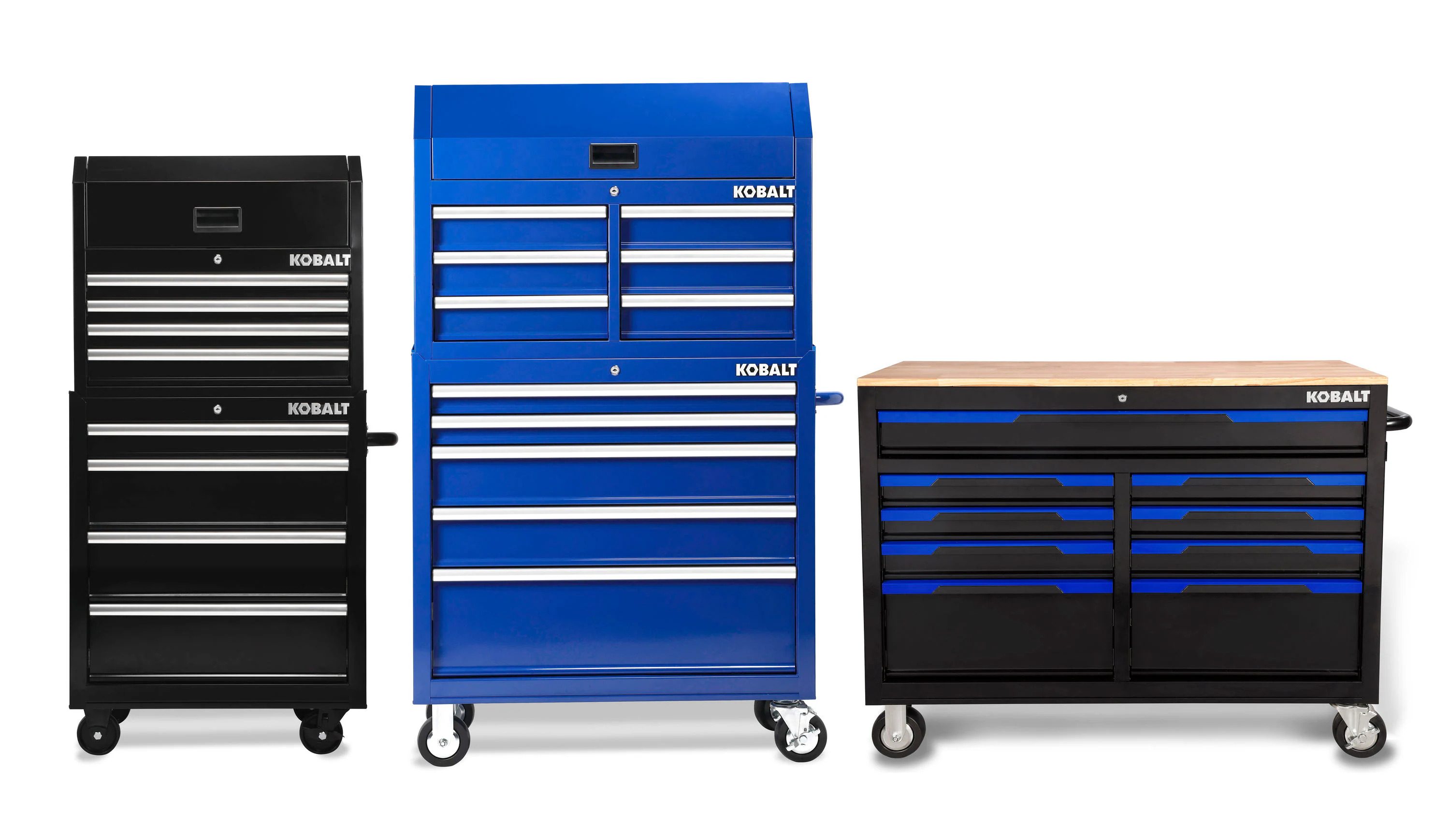
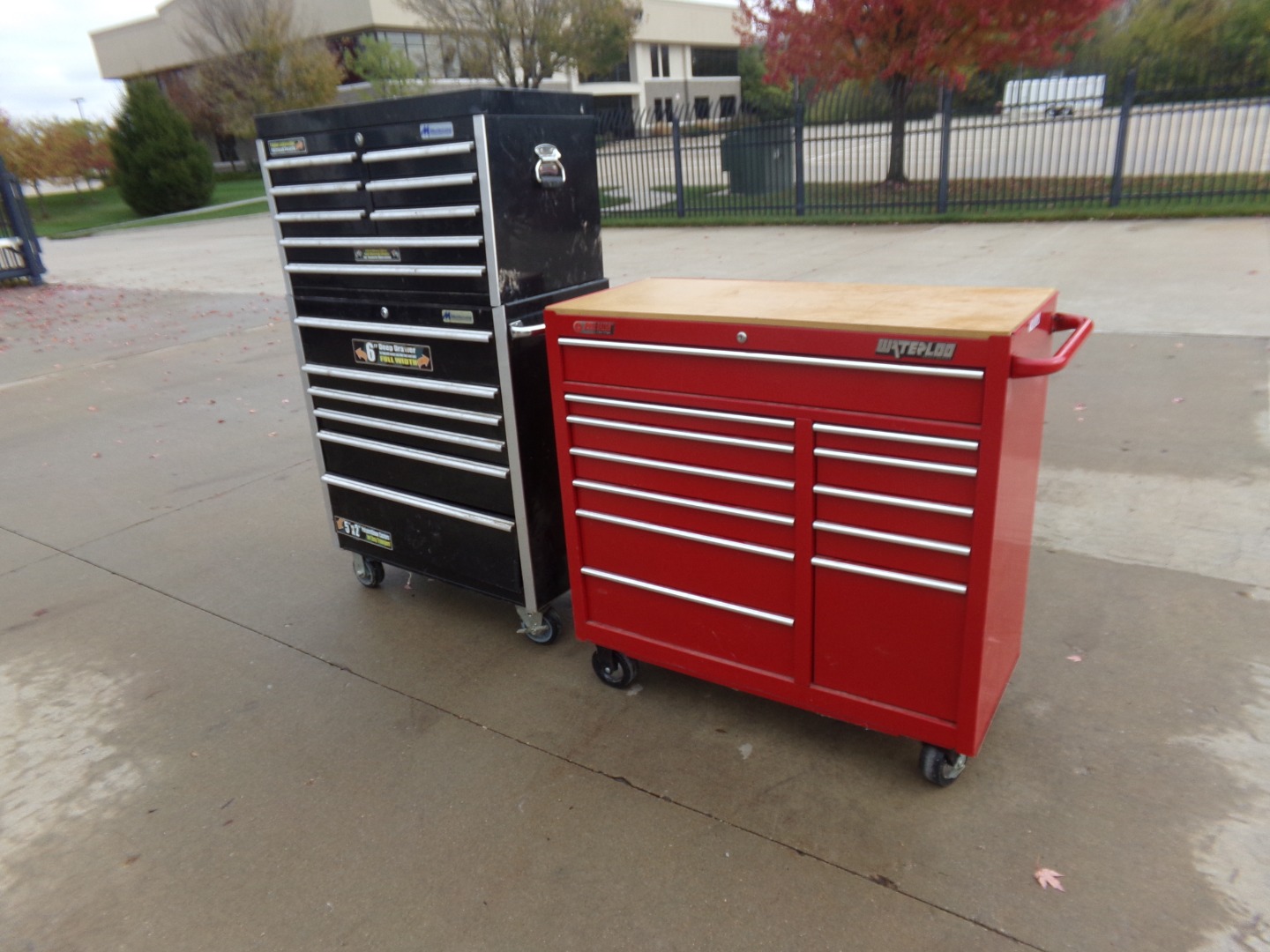
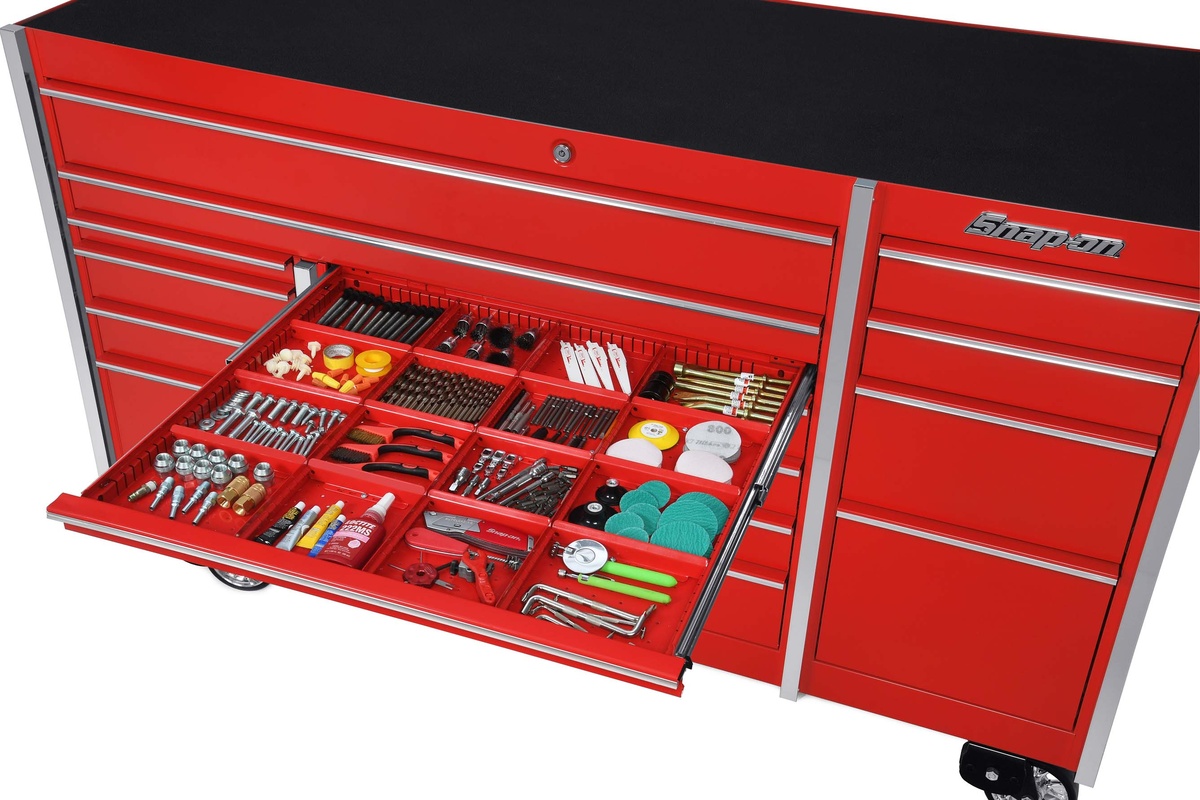
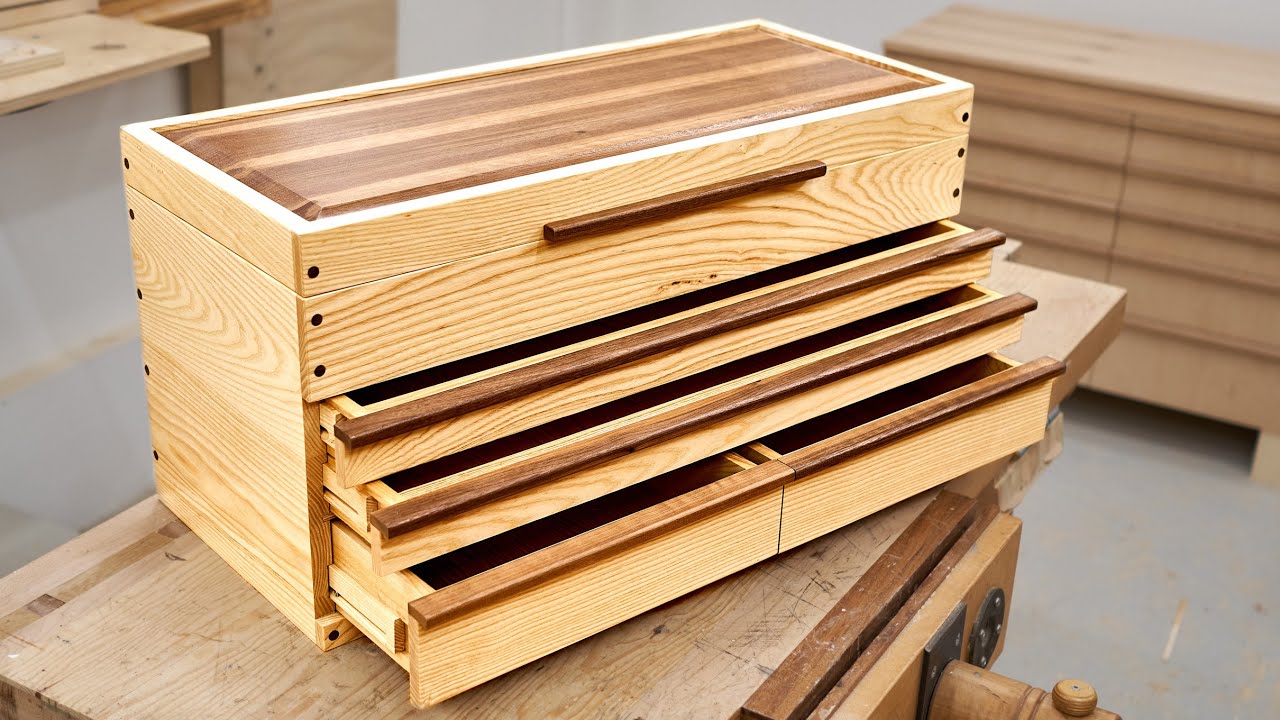
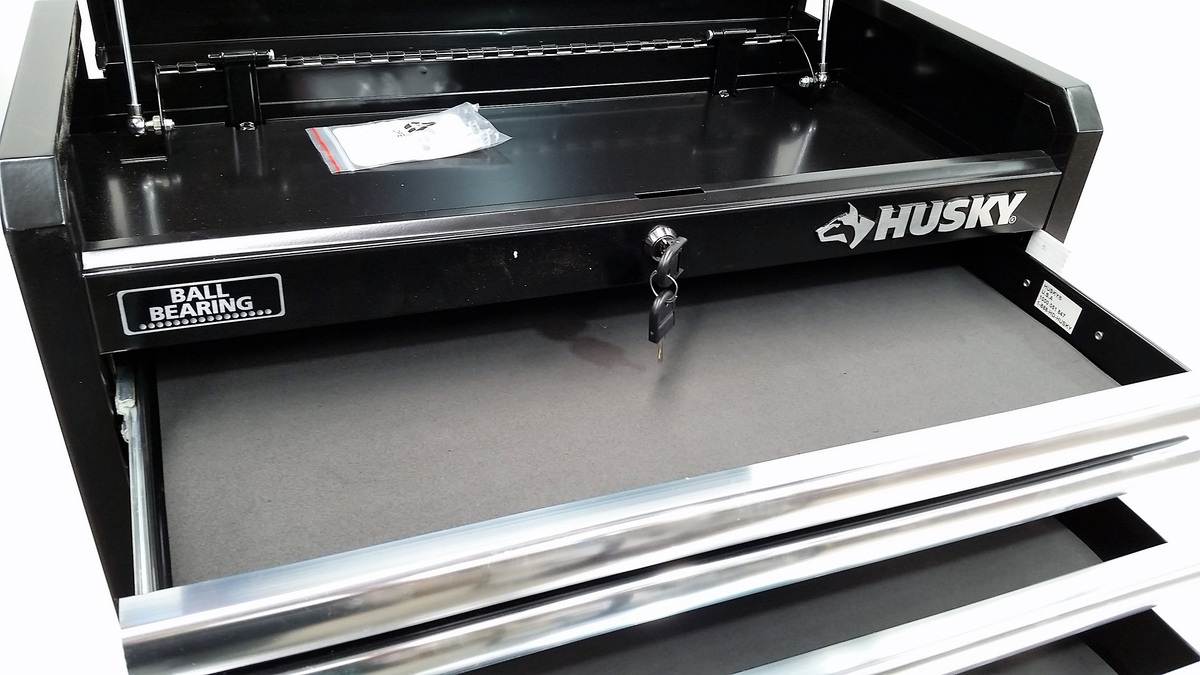
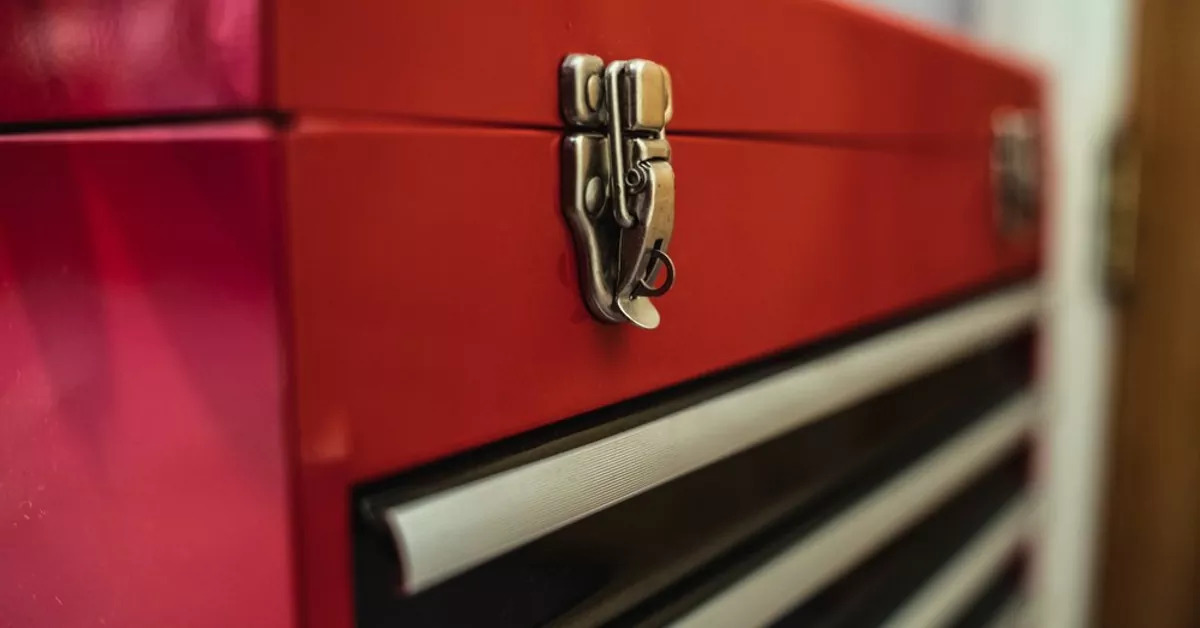

0 thoughts on “How To Remove Tool Chest Drawers”